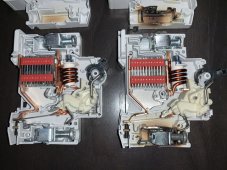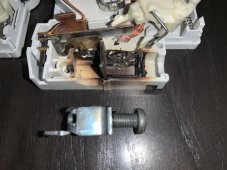RVLiFe
Solar Enthusiast
- Joined
- Jun 14, 2021
- Messages
- 234
After removing all the ferrules and connecting everything together again using the bare wire, I couldn’t be happier!
Previously, I used to get a pretty big drift between what the victron SCC stated as battery voltage and what the SmartShunt said the battery voltage was. Many times my battery would sit at 13.4v at 80% battery capacity and the SCC would go into absorption mode because the SCC saw the battery voltage jump up to over 13.8 volts while charging. Now, they are both reading battery voltage within .04v of each other instead of .4v or more at times.
I would never had expected it being the ferrules and/or a bad connection causing this.
Wish I would have known about all this previously but I’m glad I got it sorted.
On another note, at least the breaker that I purchased did it’s job and terminated the connection when it detected the poor connection. At the very least it did it’s job so actually, I wouldn’t hesitate to order a new one of the same kind. I haven’t done so yet but I’m still considering all the options on a quality one and so far the Midnight ones are the favored ones.
Previously, I used to get a pretty big drift between what the victron SCC stated as battery voltage and what the SmartShunt said the battery voltage was. Many times my battery would sit at 13.4v at 80% battery capacity and the SCC would go into absorption mode because the SCC saw the battery voltage jump up to over 13.8 volts while charging. Now, they are both reading battery voltage within .04v of each other instead of .4v or more at times.
I would never had expected it being the ferrules and/or a bad connection causing this.
Wish I would have known about all this previously but I’m glad I got it sorted.
On another note, at least the breaker that I purchased did it’s job and terminated the connection when it detected the poor connection. At the very least it did it’s job so actually, I wouldn’t hesitate to order a new one of the same kind. I haven’t done so yet but I’m still considering all the options on a quality one and so far the Midnight ones are the favored ones.






